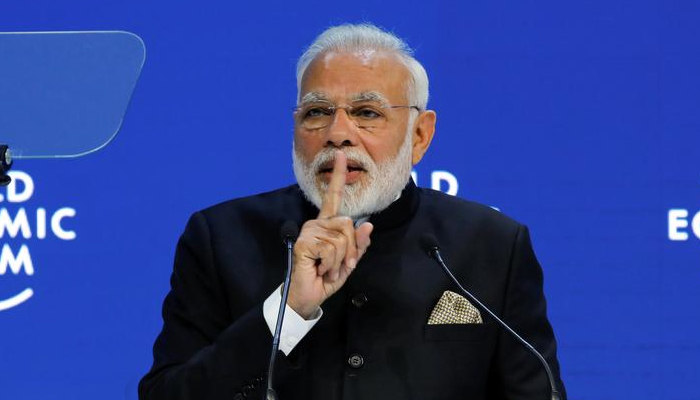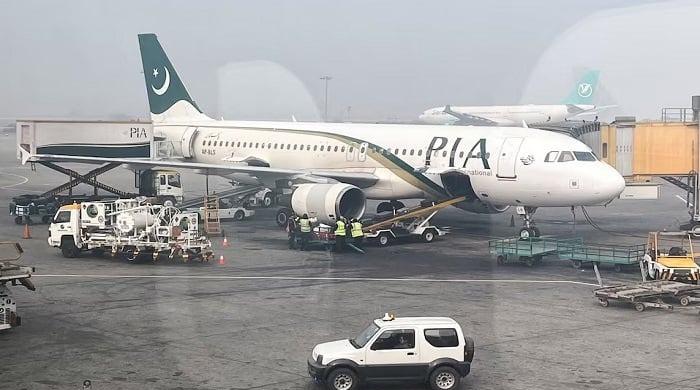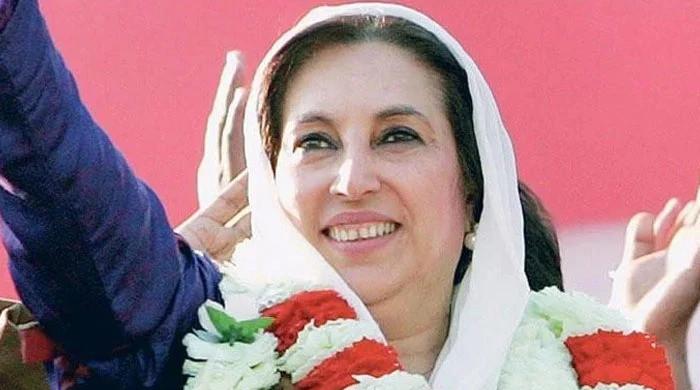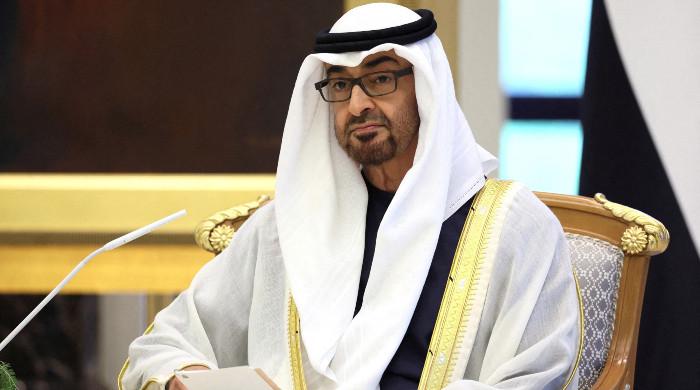India’s inglorious ambitions
Every few years, India uses its military to either invade a neighbouring area or destabilise it
July 20, 2020

History has a tendency to repeat itself. Almost always if no lessons were learnt the first time around.
In our part of the world that holds true for how India conducts itself in the Asian region. Every few years, the country uses its military to either invade a neighbouring area or destabilise it. There was the face-off with China in 1962, one with Pakistan in 1971, its intervention in Sri Lanka in 1987 and the recent stand-off between India and China on the borders this year.
Another smaller neighbour Bhutan has been completely subjugated as the Indian army has imposed its permanent bases there.
Just before this year’s border skirmishes, China’s Communist Party (CCP) was holding its most important annual political meeting known as the Two Sessions. The ruling party has a packed agenda focused on economy, COVID-19, Hong Kong and the Belt and Road Initiative.
It was in such circumstances that India’s administration decided to engage China on the border. Indian forces deviated from the agreed route of border patrolling, alongside the Line of Actual Control (LAC), a demarcation between the two neighbours. It further tried to make incursions into the Chinese territory.
This triggered a strong response from China’s People’s Liberation Army (PLA). The Chinese military was able to push back India and occupy a vacant territory as the Indian military retreated.
According to media reports, the skirmishes resulted in the killing of 20 Indian army personnel along the Ladakh region.
It is important to note here that since a few years now, China has been following a policy of restraint in the Asian region. However, since the annexation of the disputed territory of Kashmir and changes in the status of Ladakh by Narendra Modi’s government, China is now more concerned about India’s expansionist policies.
The main concern here is that China shares a border in two regions -Tibet and Xinjiang – where India could try to instigate trouble. India is already hosting Tibetan spiritual leader the Dalai Lama.
Still, till now China has chosen to remain silent. However, there is a strong possibility that any future adventures by India may get a much bigger and wider response from the local Chinese military commanders.
Wang Dehua, a South Asia expert at the Shanghai Institutes for International Studies, recently said that Beijing was not looking for a fight. “China’s principle is: if we are invaded, we will hit back and our military is stronger than India’s,” he said. “But China does not want a war.”
Meanwhile, western policy circles have their hopes pinned on India to implement U.S. strategic policies against China, as it rises in the global arena. But the economic and military reality of the two countries is very much different.
Here a comparison of two key metrics is important. At the end of June, India’s foreign exchange reserves stood at $507 billion. While, China’s was $3.5 trillion. Then there is the spending on defence. India’s defence budget is reported to be $65.86 billion and China’s is $178 billion.
It is no secret that in the last decade the world has been heading towards a ‘New World Order’, which is emerging from disorder in countries such as Afghanistan, Iraq, Syria and Libya, to name a few.
China, on the other hand, has been working steadily on providing an alternative but not necessarily a rival model to the United States or its allies. Chinese world view is better described as a ‘Progressive World Order’, meaning that the focus is on what binds countries together rather than what divides them.
The goal here is to emphasize shared social and economic developments and to reduce conflicts.
But this ‘Progressive World Order’ is seen as a threat by the U.S. to its global leadership. In order to prevent this, the superpower has set in motion a number of measures to obstruct China. And America has found a willing partner in India.
The broad contours of the United States’ policy today is not much different from its policy back in the 1970s. Back then Pakistan was used as an ally against Russia.
And there is a lesson for Pakistan here as well: being an ally of a faraway friend is of little use. Geography plays a much bigger role in preserving a nation’s defence.
- Siddiqui is a London-based analyst on South Asia. He tweets @SiddiquiAftab









